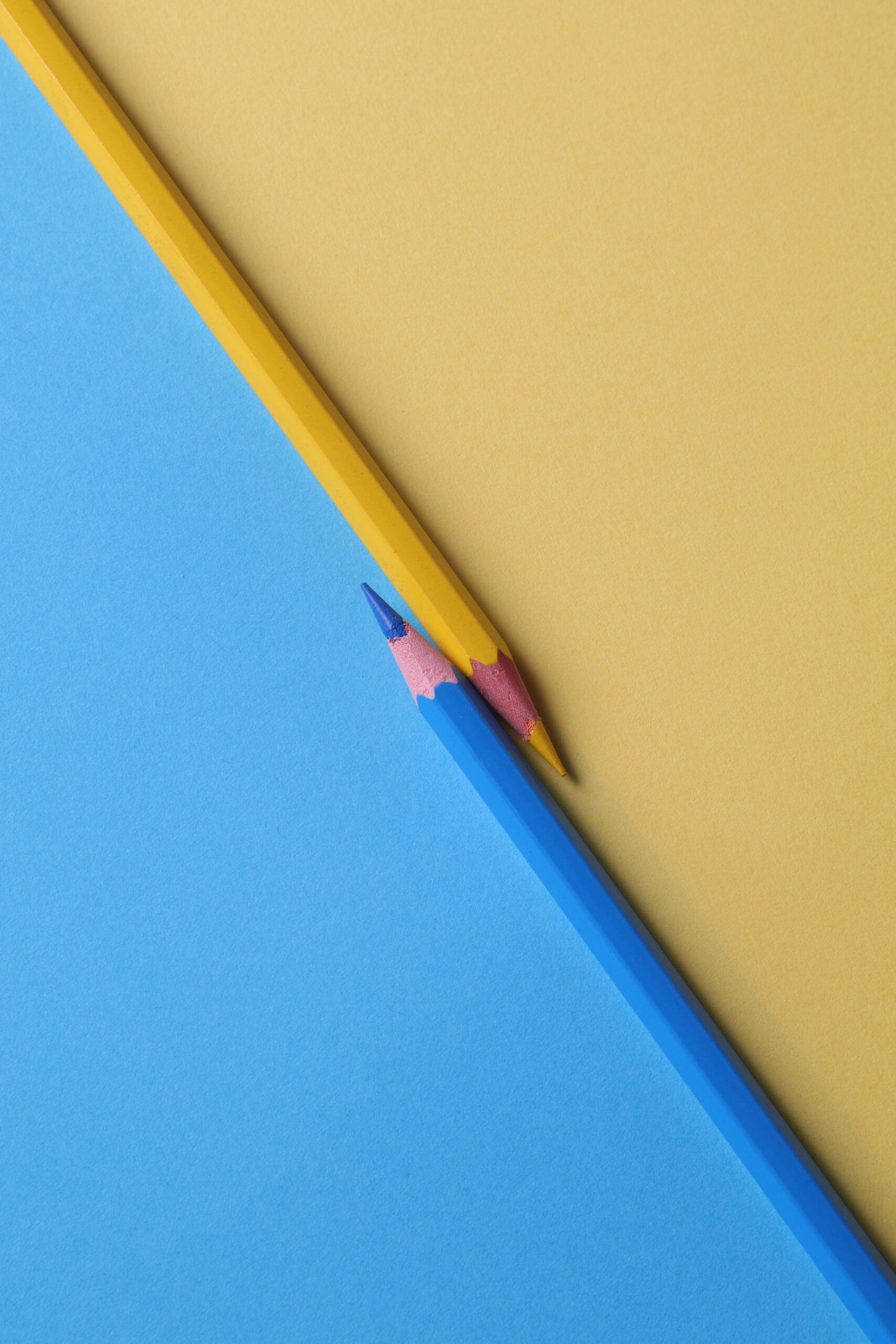If you’re in the market for new cookware, you might find yourself asking the question: what is the best nonstick cookware material? Well, you’re in luck! In this article, we will explore various nonstick cookware materials and provide you with all the information you need to make an informed decision. From the advantages and disadvantages of each material to their durability and ease of use, we’ve got you covered. So, get ready to upgrade your cooking game as we delve into the world of nonstick cookware materials.

This image is property of images.pexels.com.
Types of Nonstick Cookware Materials
When it comes to nonstick cookware, there are several options available on the market. Each type of material offers its own advantages and disadvantages, so it’s important to understand the differences between them. Let’s explore the various types of nonstick cookware materials and learn more about their unique characteristics.
Teflon
Teflon is a popular nonstick coating that is widely used in cookware. It is made from a synthetic polymer called polytetrafluoroethylene (PTFE), which is known for its exceptional nonstick properties. Teflon-coated cookware is generally easy to clean and requires less oil or fat for cooking, making it a healthier option. It also ensures that food doesn’t stick to the surface, making flipping and tossing a breeze. However, Teflon may release toxic fumes when overheated, so it’s important to use it within the recommended temperature limits.
Ceramic
Ceramic cookware is another nonstick option that has gained popularity in recent years. It features a ceramic coating made from inorganic minerals and is known for its excellent heat distribution. Ceramic cookware is PFOA and PTFE-free, making it a safe choice for those concerned about chemical exposure. Additionally, it is highly resistant to scratches and abrasions, allowing for long-lasting durability. However, ceramic cookware may require more oil or fat for cooking, as food can stick if not properly preheated.
Cast Iron
Cast iron cookware has been used for centuries and is known for its exceptional heat retention and distribution. Although it is not naturally nonstick, a well-seasoned cast iron pan can develop a nonstick surface over time. Cast iron cookware is extremely durable and can withstand high heat, making it suitable for a wide range of cooking methods, including searing and baking. However, it requires regular maintenance, such as seasoning and careful cleaning to prevent rusting.
Hard-Anodized Aluminum
Hard-anodized aluminum cookware is made by subjecting aluminum pans to an electrochemical process that creates a layer of oxide on the surface. This process makes the aluminum more durable and resistant to scratches. Hard-anodized aluminum cookware has good heat conductivity and even heating, ensuring that your food is cooked uniformly. It is also nonreactive and safe to use with acidic ingredients. However, it is not naturally nonstick, so some manufacturers add a nonstick coating to enhance its nonstick properties.
Stainless Steel with Nonstick Coating
Stainless steel with a nonstick coating combines the durability and versatility of stainless steel with the convenience of a nonstick surface. Stainless steel cookware is known for its resistance to corrosion and staining, making it a long-lasting option. The nonstick coating on the interior surface provides easy food release and makes cleaning a breeze. However, the nonstick coating may wear off over time, requiring careful handling and maintenance to preserve its nonstick properties.
Advantages and Disadvantages of Teflon Cookware
Teflon cookware has its own set of advantages and disadvantages, which are important to consider before making a purchase.
Advantages of Teflon Cookware
One of the biggest advantages of Teflon cookware is its exceptional nonstick properties. Food slides effortlessly off the surface, making cooking and cleaning a breeze. This nonstick feature also reduces the need for excessive oil or fat, making it a healthier option for cooking. Teflon is also highly resistant to scratches and abrasions, ensuring that your cookware stays in good condition for longer. Additionally, Teflon-coated pans are generally lightweight and easy to handle.
Disadvantages of Teflon Cookware
While Teflon cookware offers many benefits, it does have some disadvantages to consider. Perhaps the most well-known drawback is the potential release of toxic fumes when the cookware is overheated. These fumes can be harmful, especially to birds, so it’s important to use Teflon cookware within the recommended temperature limits. Teflon also has a limited lifespan and may require replacement after a few years of use. Additionally, metal utensils can cause damage to the Teflon coating, leading to the release of harmful chemicals.

This image is property of images.pexels.com.
Advantages and Disadvantages of Ceramic Cookware
Ceramic cookware has gained popularity in recent years due to its unique features. Let’s explore the advantages and disadvantages of using ceramic cookware.
Advantages of Ceramic Cookware
Ceramic cookware offers excellent heat distribution, ensuring that your food cooks evenly. This even heating prevents hot spots and allows for consistent cooking results. Ceramic coating is naturally nonstick and doesn’t release toxic fumes when overheated, making it a safer option for your kitchen. This type of cookware is also highly resistant to scratches and abrasions, ensuring that it remains in good condition for a longer period of time. Additionally, ceramic cookware is often lightweight and easy to handle, making it convenient for everyday cooking.
Disadvantages of Ceramic Cookware
One potential disadvantage of ceramic cookware is its propensity to require more oil or fat for cooking. If not properly preheated, food can stick to the surface and become difficult to remove. Ceramic cookware may also be prone to chipping if not handled with care, so it’s important to avoid using metal utensils that can cause damage. Additionally, while ceramic coating is generally durable, it may wear off over time, reducing its nonstick properties.

